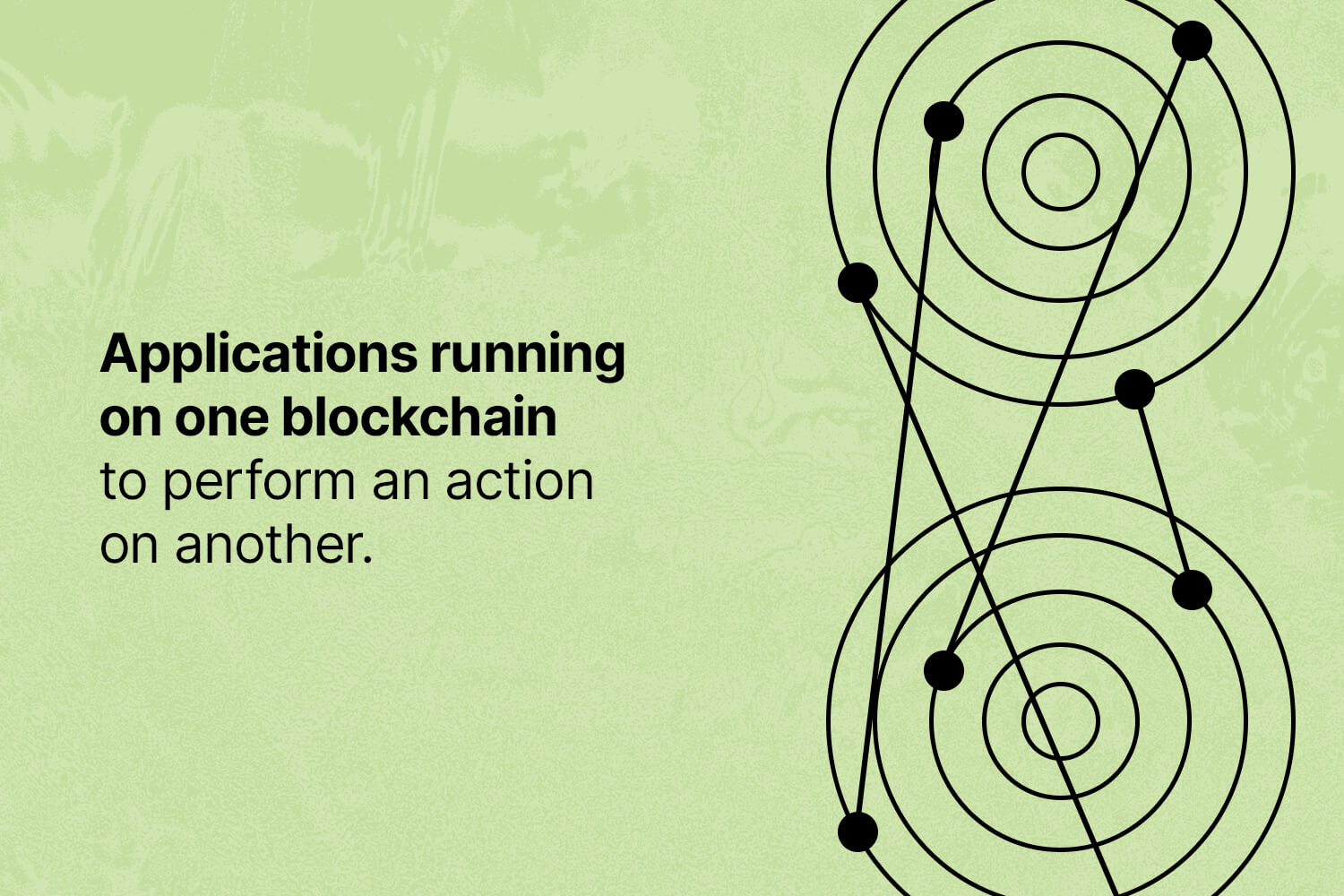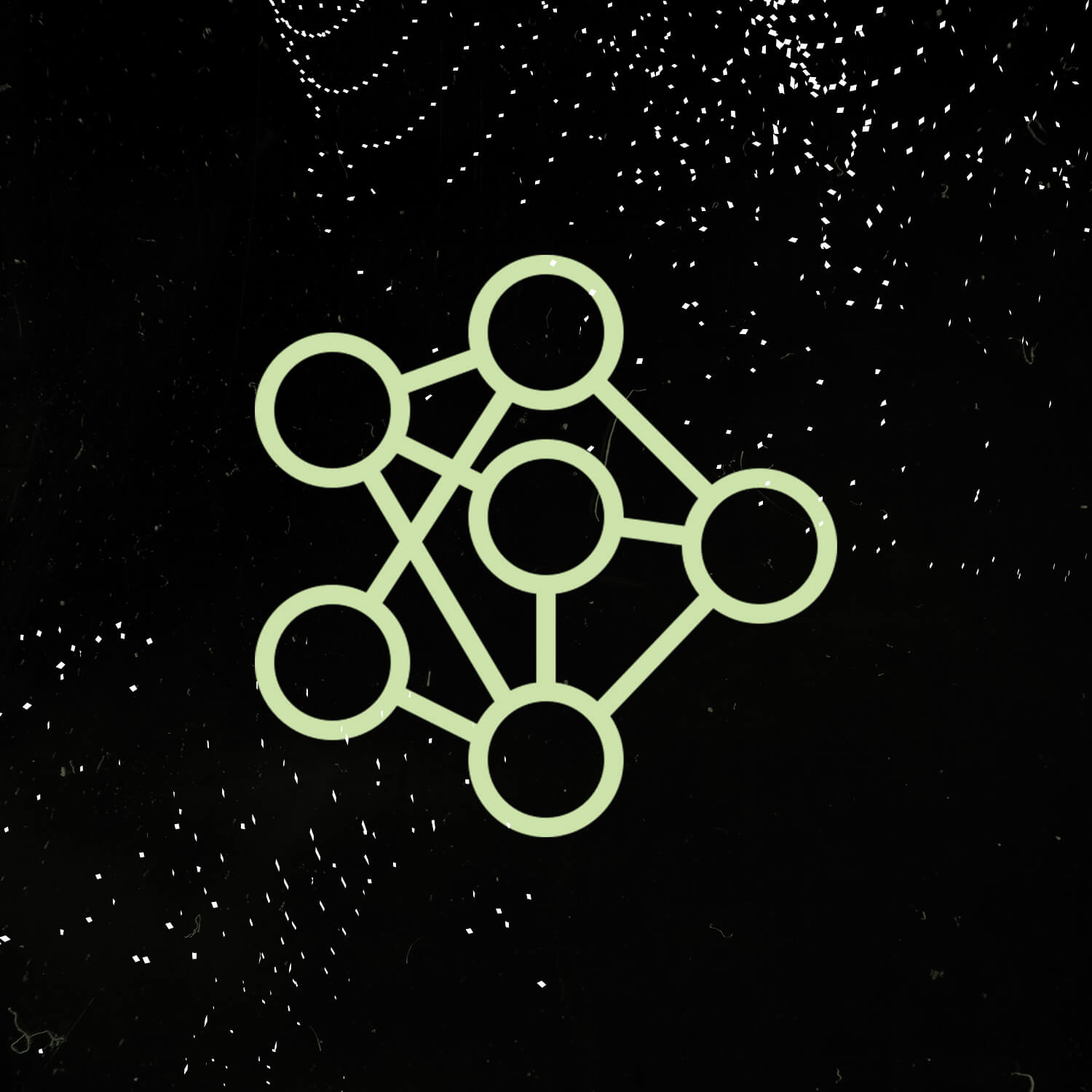“With an Interchain-native product model, a user can complete an entire flow within a single, streamlined user experience where chains pass sets of instructions and execute transactions under the hood — all without the user ever having to leave the first interface”
Interchain Accounts, the latest cosmos upgrade feature that went live recently, enables Interchain-native business models and establishes interoperability as a basic primitive. Interchain Accounts provide access to all IBC-enabled Cosmos chains straight from one Cosmos Hub account.
How does it work?

Interchain accounts allow users to give permission to an application running on one blockchain to perform an action on another. This requires the blockchains to set up a mutual interchain account and be based on either Cosmos SDK or Tendermint, protocols used to replicate and launch blockchain applications.
The feature is a step ahead of IBC, also a Cosmos innovation.
With Interchain Accounts, IBC-enabled blockchains can do a lot more than connect and transfer tokens. Entire blockchains can control accounts on separate chains. So, rather than users simply transferring tokens and following them across different chains, Interchain Accounts provide access to all IBC-enabled Cosmos chains straight from one Cosmos Hub account.
Why is this such a big deal? Well, it means that Cosmos ecosystem blockchains can access the application features of another chain and carry out any action native to that chain. So, for example, Sommelier chain could execute transactions on Osmosis (such as stake, vote, swap tokens, etc.) and vice versa. This creates a dramatically improved user experience and brings much-needed composability to the Cosmos ecosystem.
💡 Let’s assume I’m now trading with @osmosiszone (a sovereign app-chain based on Cosmos). I’d like to withdraw the $UST that I’ve parked there and then invest it in Anchor for a 19.5 percent return. To do so now, I’d have to withdraw my UST from Osmosis, then send the UST to my Terra wallet via my @keplrwallet.
Then I’d have to go through the trouble of putting the $UST on Anchor (either directly from Terra Station or from the Anchor app). Now, if Terra and Osmosis both set up the Interchain Account module and formed a channel between them, the User Experience would be completely different.
Assuming that the Osmosis team makes certain improvements, I should be able to withdraw the UST from Osmosis and transfer it to Anchor to be put to work. Without ever leaving the Osmosis website, this may be accomplished in just a few steps.
How is it shaping the Cross-chain ecosystem?

The cross-chain landscape will undoubtedly be shaped by interchain accounts. However, it will have a varied effect on each player in the space (end-user, chain developer, operators, etc.)
- Increased Composability: Interchain Accounts provide the composability and interoperability of smart contracts across different blockchains. This will create a DeFi explosion for application-specific blockchains in the Cosmos ecosystem. With composability in IBC, innovation in distinct applications can be deployed easily, without significant upgrades. The composability that Interchain Accounts introduce doesn’t take away the benefits of application-specific blockchains.
- Simple & Scalable Path: An interchain accounts transaction is simply a non-IBC blockchain transaction of the target blockchain packaged inside an IBC transaction. The interchain accounts transaction leaves how the non-IBC transaction is handled to the internal logic of the target blockchain. Interchain accounts itself is feature-agnostic, in the sense that interchain accounts don’t care what the transaction that it contains is trying to do. This provides a far more scalable solution in the short-term for fast-changing blockchain ecosystems like Cosmos, where potential architectural changes in the target blockchain can be frequent and new features can be added to the blockchain. As long as interchain accounts are implemented, new features on the blockchain can be immediately supported as IBC transactions.
- Mitigate Security Risks: One design principle that interchain accounts were built upon was that application interoperability shouldn’t require significant changes to the core blockchain application logic. interchain accounts application transactions are handled as an internal account-level transaction, it doesn’t require any modification to application modules (such as
x/bankorx/gov) to accommodate IBC transactions. As long as the internal architecture of how an account’s transactions are handled is sound and secure, adding IBC functionality will not introduce new potential vulnerabilities. - Streamlined user experience on the Cosmos ecosystem
- Unlock of new interchain services and business models
- Increased cross-chain activity
No doubt that this innovation will attract more developers, users and a top of the class user experience and interfaces.
Expect to see exciting new Interchain native products powered by Interchain Accounts from projects like the Cosmos Hub, Quicksilver, Umee, Juno, Osmosis, Sommelier, Regen, Secret Network, and many others in the near future.

